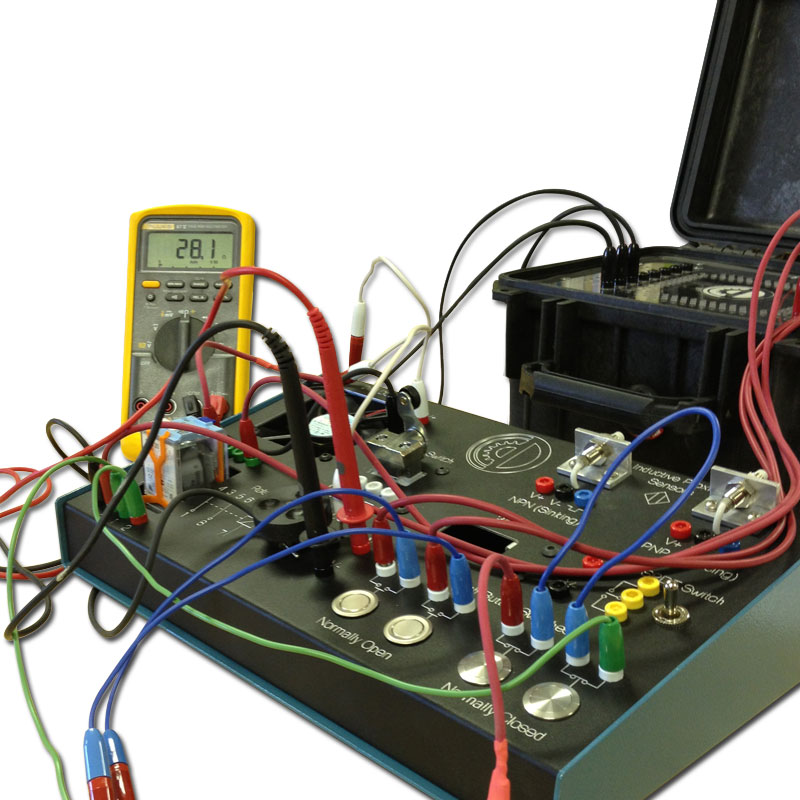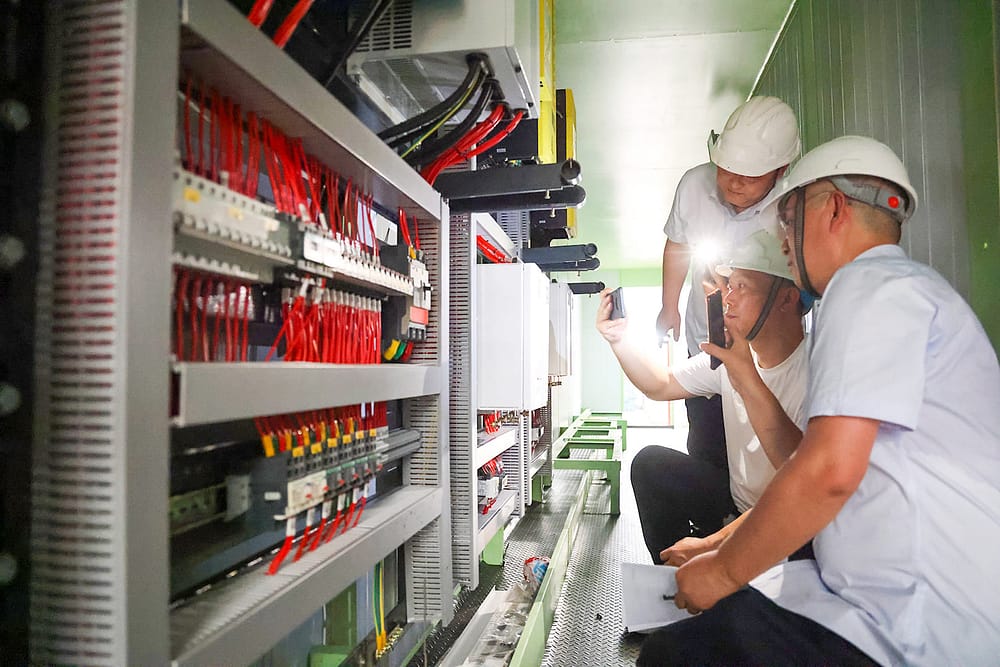Top Tips for Effective Electric System Troubleshooting
Troubleshooting electric systems needs a systematic technique, grounded in a detailed understanding of electrical concepts and safety methods. By familiarizing oneself with circuit parts, using essential devices, and adhering to a structured evaluation technique, professionals can successfully identify and solve issues. The nuances of efficient repairing extend past plain technical understanding; recognizing how to document searchings for and prioritize security can significantly influence end results. As we discover these vital components further, it ends up being clear that understanding this process is not just useful but necessary for success in the area.
Understand the Fundamentals
Comprehending the fundamentals of electrical systems is necessary for efficient troubleshooting, as a strong foundation enables service technicians to identify and fix problems much more effectively. An extensive grasp of electric concepts, such as voltage, present, resistance, and power, is vital in determining the root causes of problems. Voltage is the electric potential distinction that drives present with a circuit, while resistance opposes the flow of existing, influencing the general performance of the system.
Knowledge with circuit elements, consisting of resistors, capacitors, diodes, and changes, is also extremely important. Each element plays a distinctive function in circuit actions and can impact performance when malfunctioning. Furthermore, understanding collection and parallel circuit arrangements is vital, as these setups influence the circulation of voltage and current within the system.
Service technicians have to be aware of potential dangers, such as shock and brief circuits, to implement risk-free troubleshooting practices. By mastering these foundational principles, technicians improve their capacity to conduct reliable diagnostics and fixings, ultimately leading to improved performance and reliability of electrical systems (electrical system troubleshooting).
Gather Necessary Tools
Effective troubleshooting of electrical systems requires the best set of tools to diagnose and deal with issues accurately. A fully equipped service technician can substantially improve effectiveness and efficiency in determining problems. Important tools include a multimeter, which gauges voltage, current, and resistance, permitting precise evaluations of electric elements. Clamp meters are also valuable for gauging present without detaching the circuit, guaranteeing safety and ease.
In addition, insulated hand devices such as screwdrivers, pliers, and cable strippers are critical for safely manipulating electric connections. It is likewise recommended to have a circuit tester accessible to confirm the presence of voltage in electrical outlets and cables. For more complicated systems, a thermal imaging camera can help detect overheating elements, indicating prospective failures.

Follow a Methodical Technique
Having actually collected the proper devices, the following action in repairing electric systems is to adhere to an organized strategy. A systematic approach makes certain that technicians can identify mistakes successfully and properly, decreasing downtime and protecting against unneeded fixings.
Begin by assessing the system's schematic layouts and requirements. Recognizing the style and operational specifications will provide context for detecting concerns. Next off, isolate the problem location by making use of a procedure of elimination. This includes monitoring each element systematically, beginning with the power resource and functioning towards the load.
Use testing tools, such as multimeters and oscilloscopes, to collect objective information regarding voltage, current, and resistance at numerous points within the system. This empirical proof will certainly guide your troubleshooting initiatives and assist to confirm or remove prospective sources of failing.
Furthermore, consider ecological factors that might influence the system's efficiency, such as temperature variations or wetness access. A detailed evaluation of wiring, connections, and parts will ensure that all opportunities are accounted for.
Document Your Findings
Comprehensive documents is vital in the repairing process of electric systems. Accurate documents boost the performance of identifying reoccuring issues and assist in communication amongst team members. Each searching for should be diligently noted, consisting of signs and symptoms observed, tests performed, and the end results of those examinations. electrical system troubleshooting. This technique not only help in recognizing the origin of the trouble yet additionally functions as a referral for future fixing initiatives.

In addition, preserving a log of parts replaced or fixings carried out is very useful. This information supports supply management and can assist assess the longevity and dependability of details parts.
Inevitably, the documentation procedure ought to be detailed yet succinct, allowing very easy retrieval and review - electrical system troubleshooting. By focusing on in-depth paperwork, service technicians can produce a valuable understanding base that not just help in current troubleshooting yet additionally empowers future upkeep efforts, thus enhancing general system dependability

Prioritize Precaution
Recognizing the inherent dangers linked with electric systems is crucial for making sure safety throughout troubleshooting. Electric shock, burns, and tools damages are simply a few of the prospective threats that service technicians deal with. Focusing on security measures is not only a legal responsibility however likewise a moral essential that safeguards both the specialist and the surrounding environment.
Before beginning any type of troubleshooting job, technicians should wear proper individual protective equipment (PPE), including insulated handwear covers, shatterproof glass, and flame-resistant clothing. Making click here now sure that the workplace is completely dry and totally free of clutter can substantially reduce the risk of Get More Information mishaps. It is essential to de-energize circuits before starting any kind of job, validating that they are not live via the usage of a multimeter or voltage tester.
Developing clear interaction methods with employee is likewise crucial; this ensures that everyone is mindful of potential risks and the status of the electric system being dealt with. Having an emergency response strategy in location can prove very useful in the event of an occurrence. By focusing on precaution, professionals can effectively minimize risks and cultivate a more secure work environment.
Verdict
Efficient electric system fixing counts on a thorough understanding of basic principles and a systematic method. Prioritizing safety procedures makes certain the health of people included and the honesty of the electrical system.